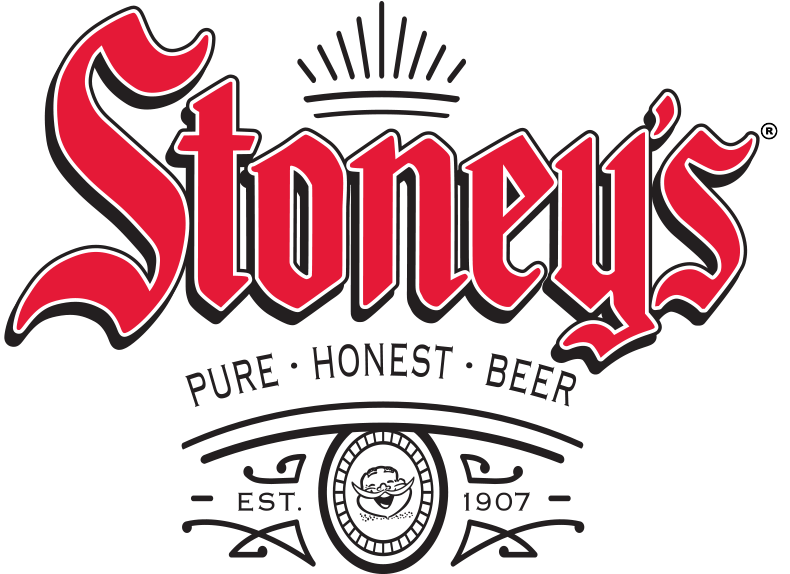What is a Lager?
Lager beer is a type of beer that is enjoyed by people all over the world. It is known for its crisp and refreshing taste, and has a rich history that spans back centuries.
The history of lager beer dates back to the 15th century in Germany. Brewers in Bavaria, a region in southern Germany, were looking for a way to produce beer that would remain fresh for longer periods of time. They discovered that by using a strain of yeast that was capable of fermenting at lower temperatures, they could create a beer that was both flavorful and long-lasting.
This type of yeast is known as bottom-fermenting yeast, which is what gives lager beer its distinct taste and appearance. Lager beer is brewed at a lower temperature than other types of beer, and it is fermented for a longer period of time. This results in a beer that is clear, smooth, and refreshing.
The name “lager” comes from the German word “lagern,” which means “to store.” This is because lager beer is typically stored or aged for several weeks or months before it is ready to be consumed. During this time, the beer continues to ferment and develop its unique flavor profile.
Lager beer first made its way to the United States in the mid-19th century. German immigrants brought their brewing traditions with them, and soon breweries were popping up all over the country. One of the most well-known lager beer brands in the United States is Budweiser, which was first brewed in 1876.
Lager beer is different from other types of beer in several ways. First, it has a lighter color and a lower alcohol content than most ales. It is also known for its crisp and clean taste, which is due in part to the use of bottom-fermenting yeast.
Another difference is that lager beer is typically served at a colder temperature than other types of beer. This is because the colder temperature helps to enhance the refreshing qualities of the beer.
Whether you are enjoying a cold lager on a hot summer day or sipping on one by the fireplace in the winter, there is no denying the appeal of this classic beer style.
